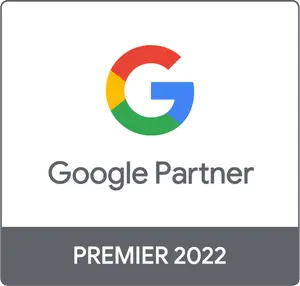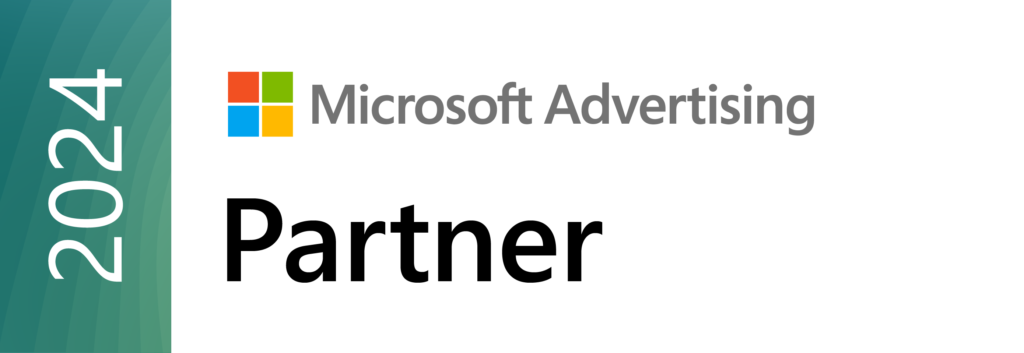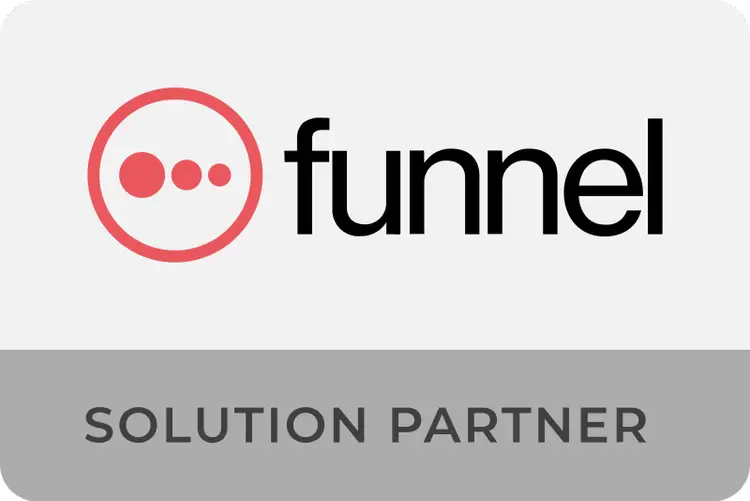Setting a budget for paid media is a crucial task. If the digital marketing strategy is the vehicle that will bring the initial plan closer to results, the budget will be the fuel that drives it.
There are two ways to approach budgeting, in this case, in a marketing department:
-
Top-down budgeting: This is the most common method of budgeting in most organizations. In this case, the marketing department is assigned a $X budget based on the previous year's results and the objectives for the year to be budgeted.
-
Bottom-up budgeting: In this case, the marketing department identifies the objectives and projects it needs to carry out and establishes an estimated budget for their execution. This motivates the marketing department by acquiring ownership and creating its own budget. Having proven metrics to support the budget is key to defending this bottom-up approach to the finance department. If we know the CPL (Cost Per Lead), we can calculate how much budget we need to bring in X leads. If we also know the cost per end customer and the lead-to-customer conversion rate, we will have more compelling arguments to defend our bottom-up budget. This type of budget is more laborious but much more accurate and efficient for organizations.
In either case, the step-by-step process for developing and justifying a budget necessarily involves answering the following questions:
1. What is the objective?
We always start with this point. Being clear about what we want to achieve is key to acting accordingly. When facing a comprehensive paid media strategy that necessarily touches (in one way or another) all parts of the funnel, our recommendation is to divide it up as follows:
-
For brand awareness: dedicate between 5% and 10% of your total budget to increasing brand awareness. Deploy offline tactics, such as a radio spot or press release, or online tactics such as programmatic videos or static banners; these will indirectly impact your digital channels, especially search, organic, paid, and direct channels, increasing traffic to them.
-
For lead generation: 70%-80% of the total budget should be spent on acquiring leads through your own channels. To calculate the total investment, two factors need to be considered:
-
What type of lead?
Keep in mind that if the desired action is for the lead to download a guide, the cost will be much lower than if we want them to book a demo of a digital product. The conversion rate of these leads to final customers should also be considered.
-
What historical data guides us?
If the goal is to reach 2,000 leads and it is known that the lead costs $100, $200,000 will be needed to achieve the objectives.
-
For testing: Set aside 5%-10% of your total budget to run tests and experiments on other channels to drive business growth.
2. What audience do you want to impact and on what channels are they present?
If your product/service is aimed at different segments, which one do you want to impact? One in particular or all? On which channels and platforms is your target audience present?
3. How is the market and the competition?
Before setting your budget, analyze your competition and the market you're in. If there's strong competition, you'll likely need to invest more in promotion to stand out. Evaluate and estimate your competitors' budgets to get an idea of the investment needed to maintain or surpass their market presence.
4. How are you going to measure success?
Establish key performance indicators (KPIs) that allow you to measure the success of your campaigns (conversions, sales, cost per lead, engagement rate, etc.). If you've run similar campaigns in the past, analyze their results to calculate your expected return on investment. We recommend allocating a budget that aligns with your ROI projections to ensure the most profitable investment possible.
Once you have these points defined, you can now work on full-funnel projections using the data available in your system, ideally your CRM and your automated analytics reports.
Finally, remember that the budget allocated to your paid media strategy should be flexible and adjusted based on the results and feedback you receive throughout its implementation. We recommend constantly monitoring performance and making adjustments if necessary to maximize the effectiveness of your investment.
Do you need to delegate your paid media strategy and receive budgeting advice? At PSDigitals, we become your digital partner to help you maximize your investment in the digital channel and achieve your business objectives.






